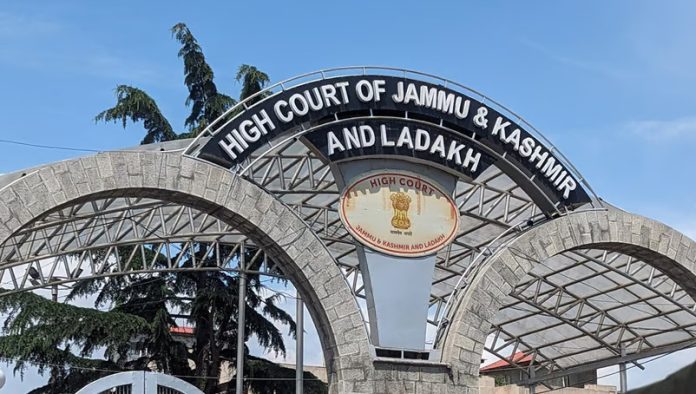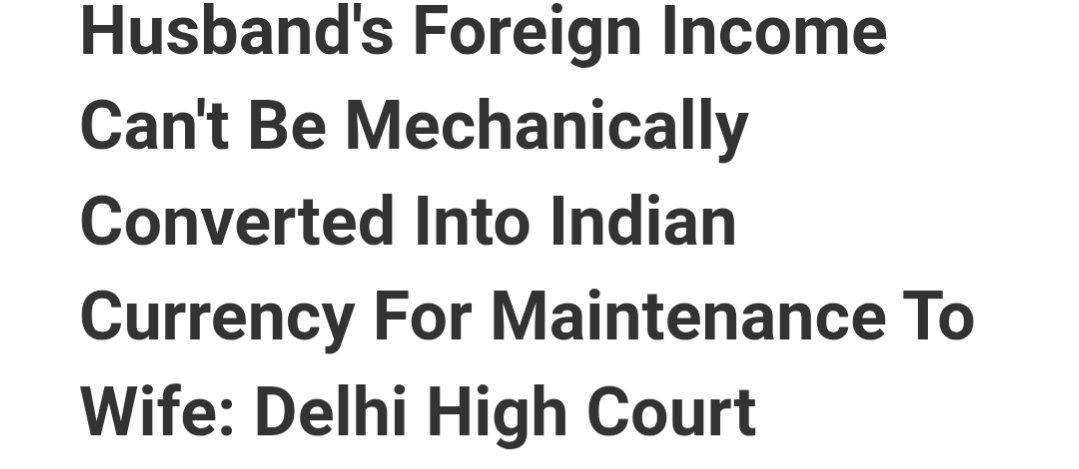Prashant Kumar Mishra, J
1. Heard.
2. The appellants have been convicted for committing offence under Section 120-B, 302 and 201 of IPC and have been sentenced to undergo RI for
life and fine of Rs.2000/-, in default, to undergo additional RI for one year for the offence under Section 302 of IPC and RI for 3 years and fine of
Rs.1000/-, in default, to undergo additional RI for 6 months for the offence under Section 201 of IPC. Separate sentence has not been awarded for the
offence under Section 120-B of IPC.
3. The incident, giving rise to the present crime, happened during the period between 8 p.m. on 17.11.2009 till the morning of 18.11.2009. Deceased
Biselal proceeded to answer the call of nature at 8:00 p.m. on 17.11.2009 carrying one lota and torch with him. He did not return till the morning.
However, the family members did not lodge any report of missing person nor try to locate him during this period. His dead body having injuries over
head and lips was found in the agricultural field of one Heeraman, upon which, the matter was reported to the police, which was recorded as FIR at
8:30 a.m. on 18.11.2009.
4. Dules Kumar Patel (PW-3) mentioned in the FIR that his father (deceased) had some dispute concerning drain with appellants Ishwar Patel and
Deenaram Patel. The appellants/accused persons Rohit Lohar, Deenaram and Ishwar Patel were apprehended on suspicion and during interrogation,
their memorandum statements were recorded vide Ex.P/17, P/18 & P/19 respectively. Pursuant to the memorandum statements, a torch was
recovered from Deenaram while trouser & club were recovered from Rohit Lohar and Ishwar Patel respectively. The autopsy of the dead body was
conducted by PW-16 Dr. Jyoti Dhruv, who submitted her report vide Ex.P/34 finding six lacerated wounds over the person of the deceased, out of
which, three were over head, one over forehead and one each over upper lip & below lower lip. The deceased was also found to have sustained
fracture of parietal bone. Cause of death was reported to be head injury with fracture of parietal bone ( homicidal in nature); mode of death was coma
and; death occurred within 24-30 hours.
5. With the above set of evidence, the accused persons were sent for trial for the offences mentioned above and during the course of trial, the
prosecution examined PW-1 Tularam Sahu, PW-2 Trannidhi Bariha, Pw-3 Dules Kumar Patel, PW-4 Smt. Kaberi Bai Patel, PW-5 Gangaprasad,
PW-6 Uttam Patel, PW-7 Seva Das, PW-8 Firtu Ram, PW-9 Paltan Singh, PW-10 Pilu, PW-11 Madan Lal Lodhi, PW-12 Aarum Lal Churendra ,
PW-13 Tukesh Patel, PW-14 C.B. Pradhan, PW-15 K.L. Tiwari and PW-16 Dr. Jyoti Dhruv.
6. Mr. Pradhan, learned counsel for the appellants, would submit that it is a case of no evidence against the appellants, therefore, they deserve to be
acquitted.
7. Mr. Kachhwaha, learned Additional Advocate General for the State, would submit that there is strong circumstantial evidence against the
appellants, therefore, no interference is called for with the impugned judgment.
8. Admittedly, the case of the prosecution is not based on any ocular version of the incident. The circumstantial evidence against the appellants is in
the nature of recovery of torch, club and trouser from them on the basis of their memorandum statements. There is no evidence of last seen together
or extra judicial confession.
9. Before proceeding further, it would be apt to bear in mind the principle as to when a conviction on the basis of circumstantial evidence can be
recorded against the accused.
10. In the matter of Sharad Birdhichand Sarda vs. State of Maharashtra, (1984) 4 SCC 116, the Supreme Court has underlined the conditions, which
must be fulfilled for convicting an accused on the basis of circumstantial evidence and held in para-153 as under:
153. A close analysis of this decision would show that the following conditions must be fulfilled before a case against an accused can be said to be
fully established : (1) the circumstances from which the conclusion of guilt is to be drawn should be fully established.
It may be noted here that this Court indicated that the circumstances concerned 'must or should' and not 'may be' established. There is not only a
grammatical but a legal distinction between 'may be proved' and 'must be or should be proved' as was held by this Court in Shivaji Sahebrao Bobade
Vs. State of Maharashtra, (1973) 2 SCC 793 : (AIR 1973 SC 2622) where the following observations were made: 'certainly, it is a primary principle
that the accused must be and not merely may be guilty before a Court can convict and the mental distance between 'may be' and must be' is long and
divides vague conjectures from sure conclusions.' (2) the facts so established should be consistent only with the hypothesis of the guilt of the accused,
that is to say, they should not be explainable on any other hypothesis except that the accused is guilty.
(3) the circumstances should be of a conclusive nature and tendency.
(4) they should exclude every possible hypothesis except the one to be proved, and (5) there must be a chain of evidence so complete as not to leave
any reasonable ground for the conclusion consistent with the innocence of the accused and must show that in all human probability the act must have
been done by the accused.
11. In a recent judgment in the matter of Nathiya Vs. State represented by Inspector of Police, Bagayam Police Station, Vellore, (2016) 10 SCC 298,
the Supreme Court has reiterated the above principles.
12. Keeping in view the principles laid down by the Supreme Court in the matters Sharad Birdhichand Sarda and Nathiya (supra), we shall now
proceed to analyse the evidence available on record to ascertain as to whether the evidence of seizure of articles is so clinching that the appellants'
conviction can rest on the sole evidence of seizure of articles. The most crucial evidence is seizure of one torch from accused Deenaram, which was
recovered from the well situated in the kitchen garden of one Devnarayan. In the description of article mentioned in the seizure memo Ex.P/22, it is
mentioned that one torch fitted with rechargeable battery has been recovered, however, witness to the seizure memo PW-9 Paltan Singh has stated
that the torch recovered from the well was not complete as it was not having the battery, which was separately recovered meaning thereby that at the
time of seizure, battery was not fitted in the torch. Similarly, the torch was not having the glass but there is no mention of this crucial aspect in the
seizure memo.
13. Interestingly, the memorandum statement of appellant Ishwar Patel has been recorded vide Ex.P/19, which led to recovery of club vide Ex.P/20
and both the documents carry thumb impression of accused Ishwar Patel, however, PW-9 Paltan Singh , who is signatory to both the documents and
PW-10 Pilu, who brought out the torch from the well and was present during recording of memorandum statement and search operation have stated
that during all the period, Ishwar Patel was not present as he was detained in the Police Station.
14. PW-10 Pilu would also state in para 2 of his cross-examination that the torch was recovered from him, whereas, the torch has been shown to be
recovered from accused Deenanath vide Ex.P/22. In addition to these discrepancies, the FSL report, not exhibited but otherwise is admissible in
evidence, has not found any blood stains over the club recovered from appellant Ishwar Patel and the torch recovered from appellant Deenaram.
Although, the blood stains have been found over the trouser recovered from accused Rohit Lohar, however, there is no serological report confirming
the origin of blood matching with the blood group of the deceased. Thus, even if recovery can be treated to be valid for the sake of argument, this fact
otherwise would not assist the prosecution.
15. On the basis of the above discussion of the evidence available on record, we are of the considered view that the prosecution has failed to establish
the chain of circumstantial evidence pointing to the guilt of the appellants. Therefore, the trial Judge was not correct in convicting the appellants.
16. For the foregoing the appeal is allowed. The impugned judgment deserves to be and is hereby set-aside and the appellants are acquitted of the
aforementioned charges. The appellants are on bail. Surety and personal bonds earlier furnished at the time of suspension of sentence shall remain
operative for a period of six months in view of the provisions of Section 437-A of the Cr.P.C. The appellants shall appear before the higher Court as
and when directed.

